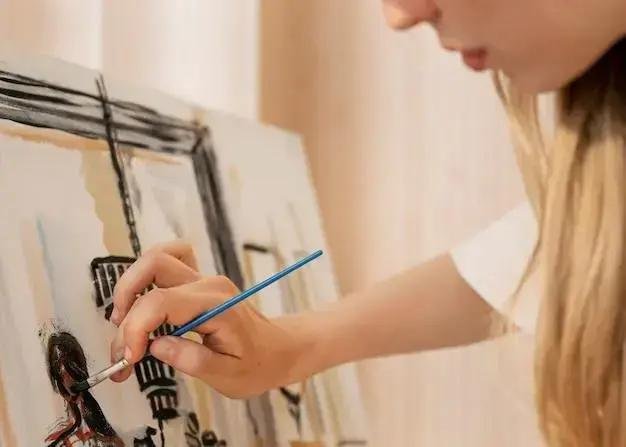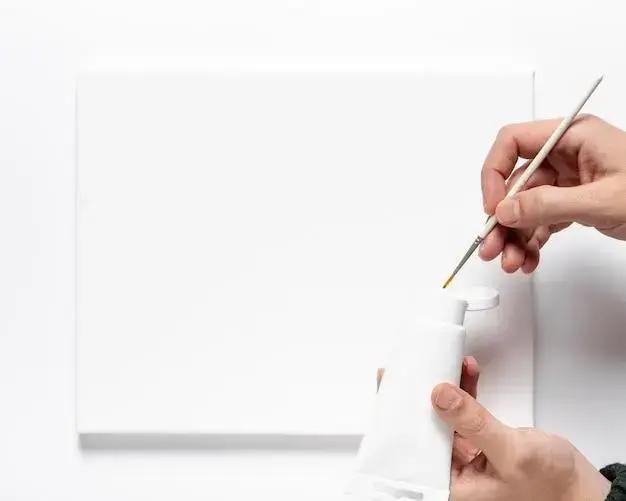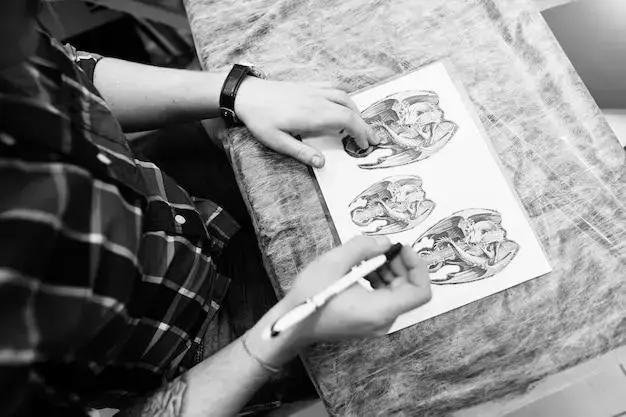The fundamentals of sketching are crucial for every artist, whether you’re just starting out or looking to refine your skills.
Sketching is not just about putting pencil to paper; it’s about understanding the core principles that will elevate your art.
In this article, we’ll dive into five essential fundamentals that can help you become a more confident and skilled sketch artist.
Understanding Basic Shapes
Understanding basic shapes is the foundation of sketching. Every complex form can be broken down into simpler shapes like circles, squares, rectangles, and triangles. By mastering these, you can create a solid framework for your drawings.
For instance, when sketching a human figure, you might start with an oval for the head, rectangles for the torso and limbs, and circles for joints. This method not only simplifies the drawing process but also helps in maintaining proper proportions.
Additionally, practicing drawing these basic shapes in different sizes and orientations can improve your hand-eye coordination and control. Spend some time each day sketching various shapes, experimenting with their sizes, and combining them to form more complex objects. This practice will enhance your ability to visualize and create dynamic sketches.
Remember, the goal is to see the world in terms of shapes. Once you can do this, you’ll find that sketching becomes much easier and more intuitive. So grab your sketchbook and start breaking down the world around you into its basic shapes!
The Importance of Proportions
The importance of proportions in sketching cannot be overstated. Proportions refer to the relationship between the sizes of different parts of a subject. Whether you’re drawing a human figure, an animal, or an object, getting the proportions right is essential for creating a realistic representation.
For example, when sketching a human figure, the head is typically about one-eighth of the total height. If you can accurately measure and replicate this proportion, your figure will look more lifelike. To practice, try using a reference image and measuring the proportions with your pencil or a ruler. This technique can help you develop a better eye for scale and size.
Moreover, understanding proportions allows you to create dynamic poses and perspectives. When you can accurately depict how one part relates to another, your sketches will have a sense of balance and harmony. This is especially important in character design and figure drawing, where exaggerated or distorted proportions can convey emotion or action.
Incorporating proportion guidelines into your practice will not only enhance your sketches but also boost your confidence as an artist. So, take the time to study and practice proportions—your drawings will thank you for it!
Mastering Light and Shadow
Mastering light and shadow is a crucial aspect of sketching that adds depth and dimension to your artwork. Light and shadow create a sense of realism, helping the viewer understand the form and texture of the subject.
To begin, observe how light interacts with objects around you. Notice where the light source is coming from and how it affects the highlights and shadows on the object. A simple exercise is to place a sphere under a lamp and sketch it, focusing on the areas where light hits the surface (highlights) and where it falls away into darkness (shadows).
When sketching, use a range of values—from the brightest white to the darkest black—to depict these light and shadow areas. This contrast is essential for creating volume. A technique to practice is hatching and cross-hatching, which involves drawing parallel lines or intersecting lines to build up areas of shadow. The closer the lines are together, the darker the area appears.
Additionally, understanding the concept of cast shadows—shadows that are projected onto a surface by the object—will further enhance your sketches. Pay attention to the shape and direction of these shadows, as they can ground your object in the environment and create a more dynamic composition.
By incorporating light and shadow into your sketches, you’ll not only improve their realism but also develop a deeper understanding of how forms exist in three-dimensional space. So grab your pencil and start experimenting with light and shadow to elevate your sketching skills!
Developing Line Quality
Developing line quality is essential for bringing life and character to your sketches. Line quality refers to the thickness, darkness, and smoothness of the lines you use, and it can dramatically affect the overall feel of your artwork.
To enhance your line quality, start by experimenting with different tools. Pencils, pens, and brushes all produce varying line qualities. For instance, using a fine-tipped pen can create delicate, detailed lines, while a broad brush can produce bold, expressive strokes. Try sketching the same subject with different tools to see how each one affects your lines.
Another effective way to develop line quality is by practicing pressure control. Varying the pressure you apply to your drawing instrument can create lighter or darker lines. For example, pressing harder can produce a thicker line, while a gentle touch results in a finer line. This technique can add depth and interest to your sketches, making them more dynamic.
Additionally, consider the emotional impact of your lines. Soft, flowing lines can convey a sense of calm or gentleness, while sharp, jagged lines can evoke tension or energy. By being mindful of the lines you create, you can better express the mood of your subject.
Incorporate exercises into your practice, such as drawing continuous lines or creating sketches with varying line weights. Over time, you’ll develop a unique line quality that reflects your artistic style and enhances the overall impact of your sketches.
Practicing Gesture Drawing
Practicing gesture drawing is a fantastic way to capture the essence and movement of a subject quickly.
Gesture drawing focuses on the overall form and action rather than intricate details, making it a valuable exercise for artists of all levels.
To get started, set a timer for short intervals—typically between 30 seconds to 2 minutes—and choose a subject to draw. This could be a live model, a photograph, or even an object in your environment. The key is to work quickly, allowing your hand to flow across the page without overthinking each stroke.
As you draw, concentrate on the main lines of action and the overall posture of your subject. Look for the curves and angles that define the movement, and try to express that energy in your lines. Remember, the goal is not to create a perfect representation but to convey the feeling of motion and form.
Incorporating different poses
and angles will also help you develop a better understanding of how bodies move and interact in space. Try to capture a variety of poses, from dynamic actions like running or jumping to more relaxed stances. This variety will enhance your ability to depict motion in your sketches.
As you practice gesture drawing regularly, you’ll find that your confidence and speed improve, allowing you to create more dynamic and expressive sketches. So grab your sketchbook, set a timer, and let your pencil dance across the page as you practice the art of gesture drawing!
Conclusion
In conclusion, mastering the fundamentals of sketching is essential for any artist looking to improve their skills. By understanding basic shapes, proportions, light and shadow, line quality, and gesture drawing, you can create more dynamic and realistic artwork.
Each of these elements plays a crucial role in how you represent your subjects on paper.
As you practice these fundamentals, remember that improvement takes time and patience. Embrace the process, experiment with different techniques, and most importantly, enjoy the journey of becoming a better sketch artist.
Whether you’re sketching for fun or pursuing a career in art, these skills will serve as the backbone of your artistic expression. So keep sketching, keep learning, and watch your abilities flourish!
FAQ – Frequently Asked Questions about Sketching Fundamentals
What are the basic shapes I should focus on when starting to sketch?
Start with circles, squares, rectangles, and triangles. These shapes form the foundation for more complex drawings.
Why are proportions important in sketching?
Proportions help create a realistic representation of subjects by ensuring that different parts relate correctly in size and scale.
How can I improve my understanding of light and shadow?
Practice observing how light interacts with objects. Use a range of values and techniques like hatching to depict highlights and shadows.
What is line quality and why does it matter?
Line quality refers to the thickness and darkness of your lines. It adds depth and character to your sketches, enhancing their overall impact.
What is gesture drawing and how can it help me?
Gesture drawing focuses on capturing the essence and movement of a subject quickly. It helps improve your ability to depict action and form.
How often should I practice these sketching fundamentals?
Regular practice is key! Aim to sketch a little every day, incorporating different fundamentals to see continuous improvement.





